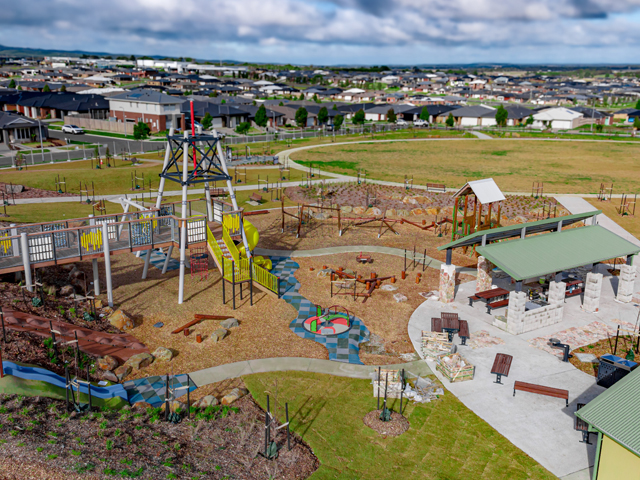DETROIT SQUARE
11 Jul 2019
In response to midtown Detroit’s growth into one of America’s densest cultural districts, a masterplan has been created that aims to create a visually cohesive and welcoming, accessible district to encourage community engagement.

Over the course of the 20th century, across a series of administrations and economic contexts, Midtown Detroit grew into one of America’s largest cultural districts, with over 12 major institutions, such as the Detroit Institute for the Arts (DIA) and the College for Creative Studies.
The nine-block, 83-acre area is a mish-mash of styles spanning Beaux Arts, Modernism, and Brutalism, and has a certain sense of displacement. The area feels architecturally disjointed, illegible, and fails to translate the vibrancy of each institution into the broader public space.
It’s a problem that a group of local stakeholders wants to tackle. The economic development agency of Midtown Detroit, the DIA, and a selection of other institutions hosted a DIA Plaza | Midtown Cultural Connections international design competition, which seeks to implement the first master plan for the district since the 1980s.
Designers were challenged to create a new destination for the city that—unlike many cultural districts that act as high-culture anchors focused on visiting tourists—will serve Detroit’s diverse communities and residents. This brief is in line with the vision of the DIA’s Madrid-born director Salvador Salort-Pons, who has sought to adopt and adapt the town square tradition found in many European capitals. 
The winning project team features local and international talent, with expertise including landscape architecture, planning, sustainability, technology and the arts. Specifically, the team marries Paris-based studio Agence Ter’s experience in large, complex urban projects with rootoftwo, a Detroit-based urbanism- and technology-focused studio, plus Akoaki, a Detroit-based architecture and design studio, and Harley Etienne, an urban planner and assistant professor at the University of Michigan’s Taubman College of Architecture and Urban Planning.
Each member of the team’s Detroit contingent brings over 10 years of experience working in the city. Together, they have an intimate understanding of Detroit’s constellation of artists, designers, organisations and institutions. For example, rootoftwo cofounder Cézanne Charles was previously creative industries director for the state of Michigan.
The City of Detroit’s chief urban planner Maurice Cox said that it was important for the winning team to understand “who are the cultural producers in a city that is majority black and where there is a natural ferment of creative output that is largely in Detroit neighbourhoods”.
Cox added, “The winning proposal goes the furthest in giving a coherent and legible public realm that responds to the individual institutions, but through very strategic insertions and realignments, they’ve been able to give the pedestrians a way of moving through the space that helps them realise they’re in the heart of Midtown.” 
The team’s vision—dubbed Detroit Square—aims to create a welcoming, accessible, pedestrian-friendly district that’s also visually cohesive. The heart of the proposal is ‘The Square’, a new rectangle-shaped hardscape plaza that both links the area’s cultural institutions and creates a new, recognizable centrepiece for the district. Cutting across The Square is a set of large new greenspaces that create a backyard for the surrounding institutions.
The designers say they drew inspiration from the relationship between Bryant Park and the New York Public Library. Framing the entire district is ‘The Necklace’, a meandering pedestrian pathway and promenade that connects all of the institutions.
Detroit Square also proposes a series of streetscape improvements, including putting the adjacent and rapidly gentrifying Woodward Street on a “road diet”, i.e. reducing the number of traffic lanes to improve pedestrian experiences. Acknowledging and responding to automobile dominance in America’s quintessential motor city, Detroit Square also reimagines how the site integrates parking—introducing a new four-level underground parking structure with capacity for 1000 vehicles—to liberate space currently used for street parking.
The proposal also introduces playful and adjustable elements throughout the site. A data jockey DJ tower and media suites that sit on top of the underground carpark will control multimedia and lighting installations across the district, as well as serve as a platform for live music and spoken word performances. A series of LED-enabled totems across the site will provide public wifi, 5G and wayfinding, and will act as digital canvasses for the work of local artists. 
The plan includes upgrades for individual institutions. For the DIA, what the designers describe an “Afrofuturist baroque” entryway composed of a sequence of vaults that will create a new entrance to the museum that, the designers say, will feel more welcoming for the surrounding community. The structure will also act as a platform for digital video and art projection mapping.
The process relied on extensive community engagement and consultation, which involved in-depth sessions with a steering committee that included the district’s 12 institutions, plus what Akoaki co-founder Anya Sirota calls the “13th institution”—the Detroit arts community itself. A series of design reviews, presentations, workshops with local residents, and an exhibition at the DIA of the three finalist designs garnered over 500 public comments.
The competition fits into to a wider movement in Detroit under the leadership of Cox to reimagine and reactivate civic and public spaces across the city—from parks and public plazas to waterfront redevelopment, which includes West Riverfront Park, Beacon Park, and Spirit Plaza. 
According to Sirota, the winning design is “not a finished proposal for a finalised outcome; it’s a working diagram for a disparate district”. The project team will now enter 18-month research, conceptual planning and engagement phase, working closely with each of the institutions. They will be carrying out a series of studies and surveys around topography, mobility and traffic, lighting, and historical analysis.
“For the last decade, we’ve been working on creating social environments that produce that radical social fixity: How do you create scenarios where people from different walks of life feel like they belong?” Sirota said. “This competition first and foremost was an opportunity to participate in public discourse on inclusivity and the future of the city.” 
Via ArchDaily | Images © Agence Ter, Akoaki, rootoftwo and Harley Etienne
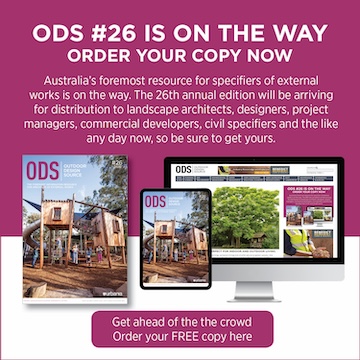
MORE NEWS
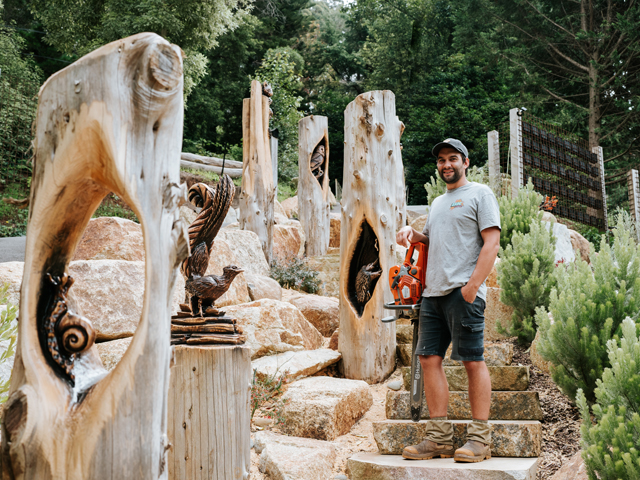
WOOD CARVING WITH BRANDON KROON
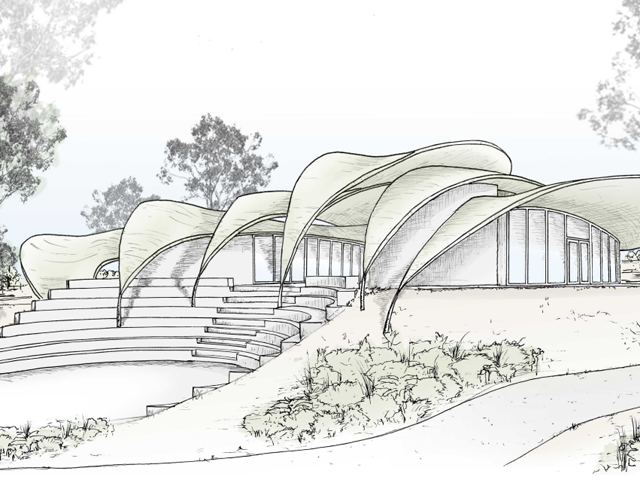
JARRAHDALE TRAIL CENTRE TAKES DESIGN CUES FROM NATIVE FLORA

HARNESSING THE POWER OF DESIGN TO TRANSFORM CITIES

MASTERPLAN FOR INCLUSIVE, CLIMATE-RESILIENT COMMUNITY PARK IN LISMORE
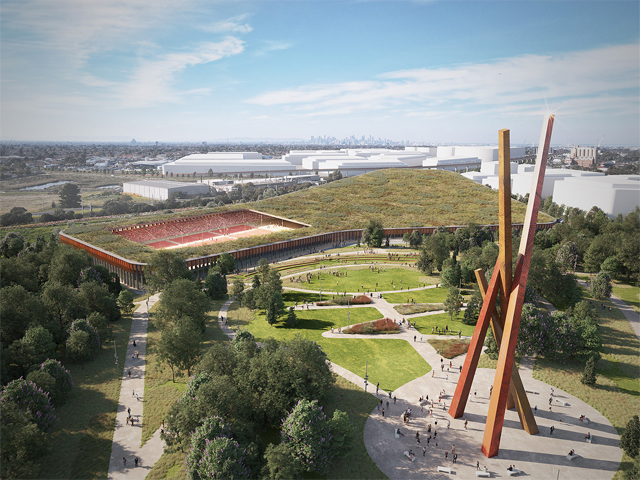
MELBOURNE'S NEW PARK ON A FORMER LANDFILL SITE
